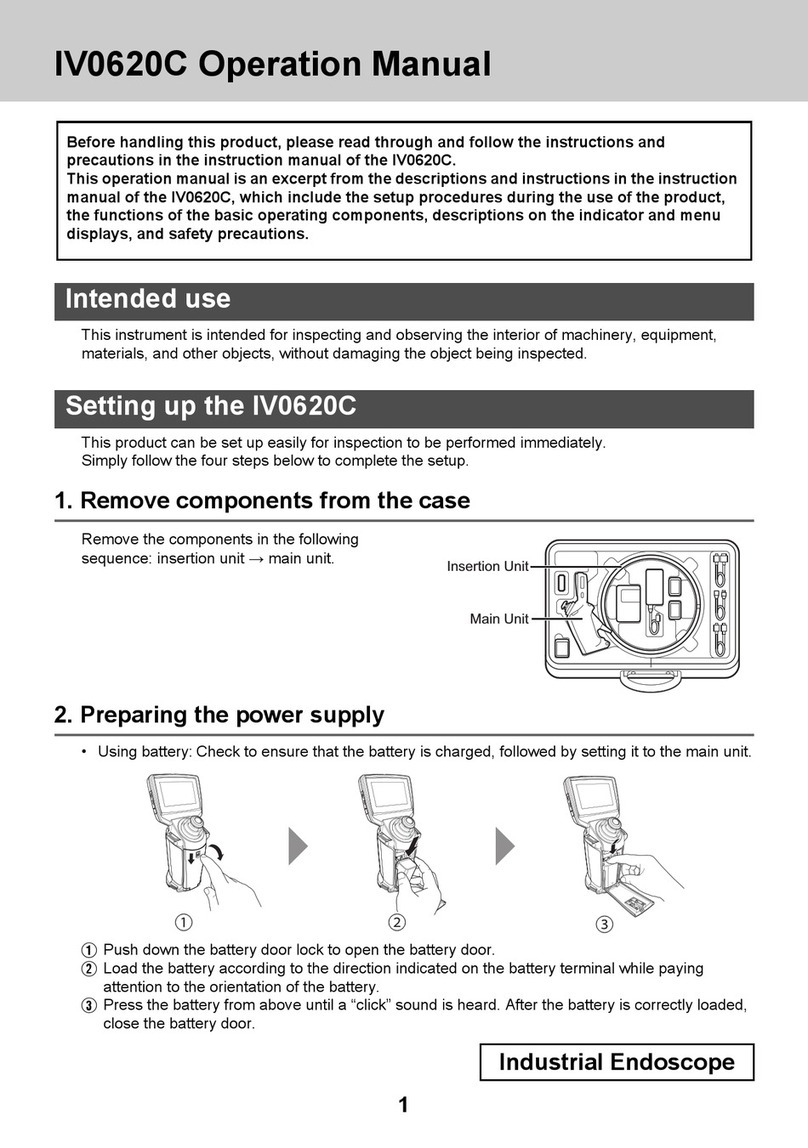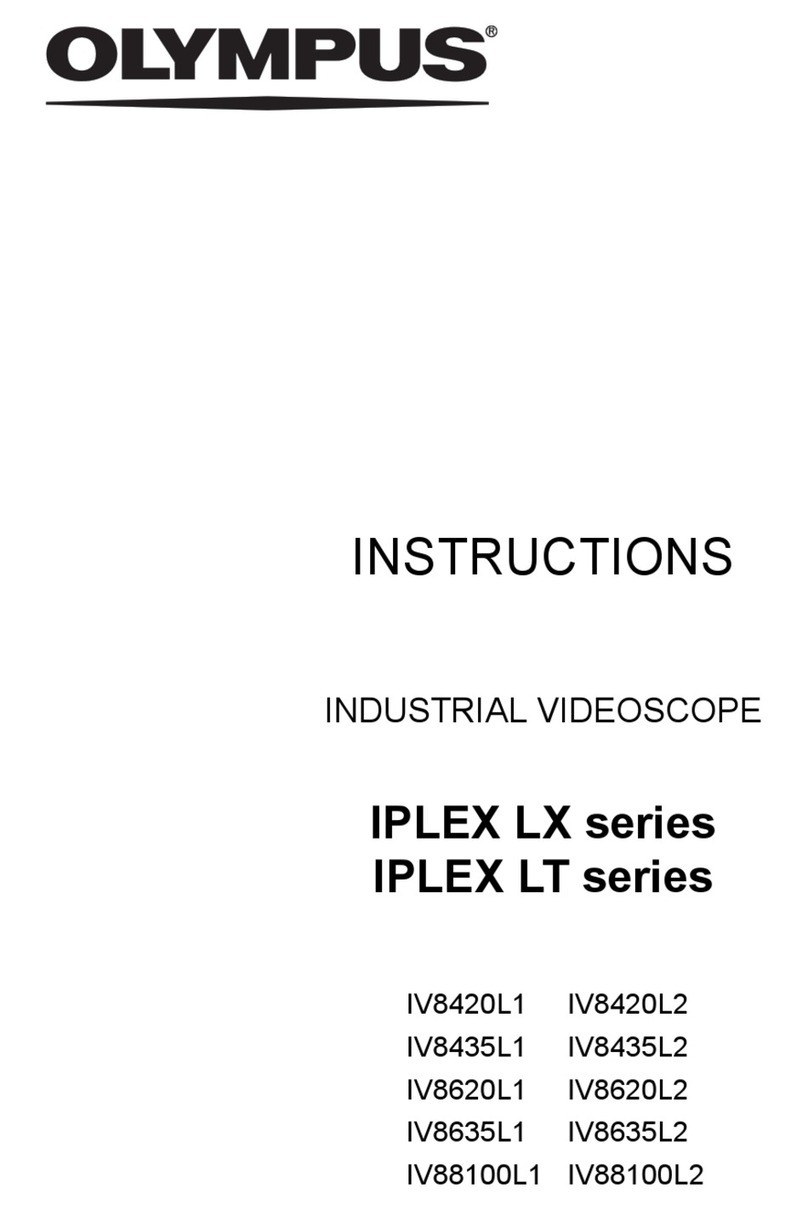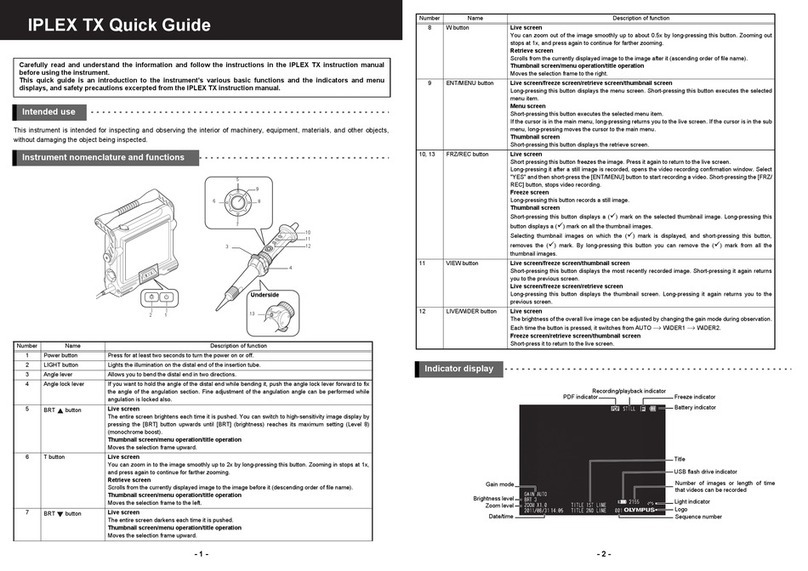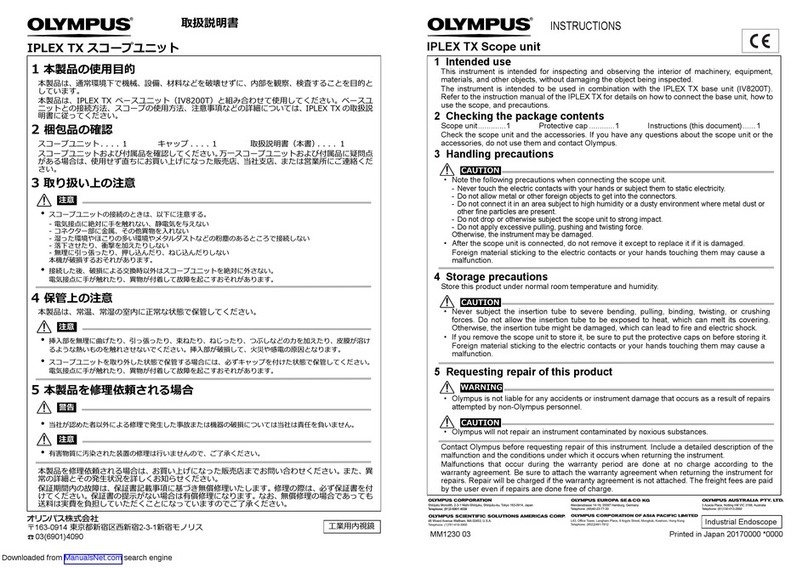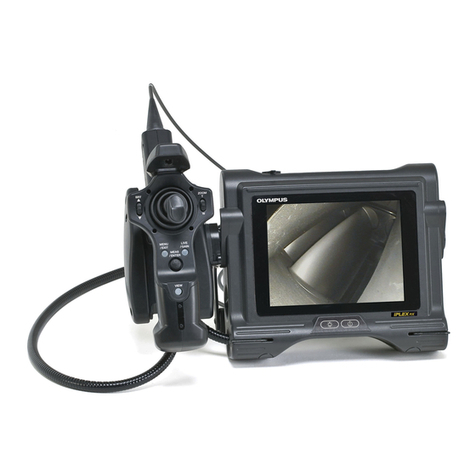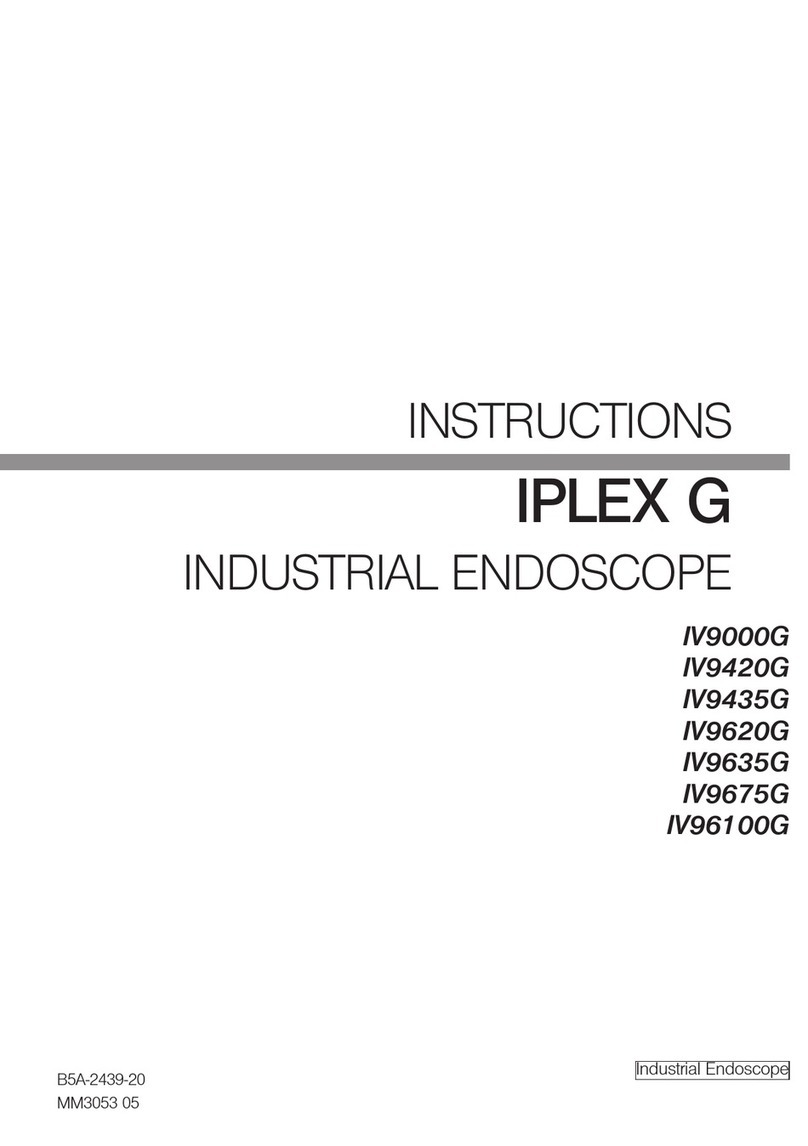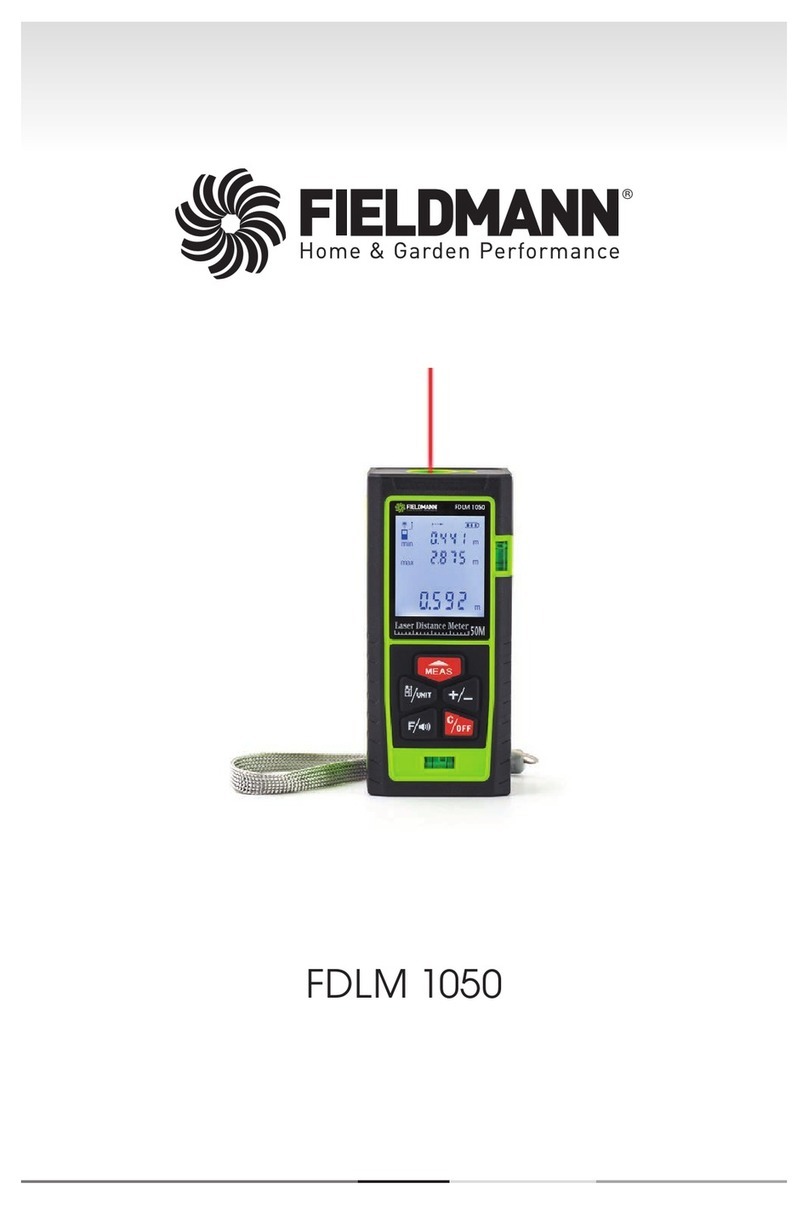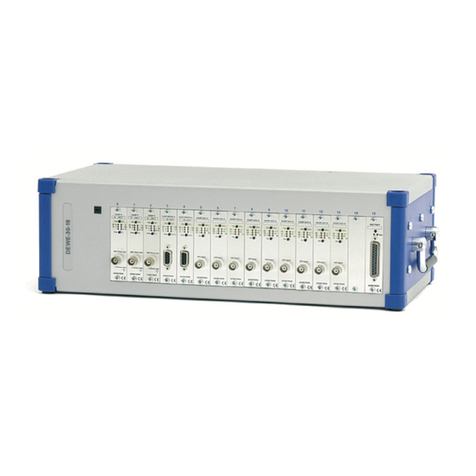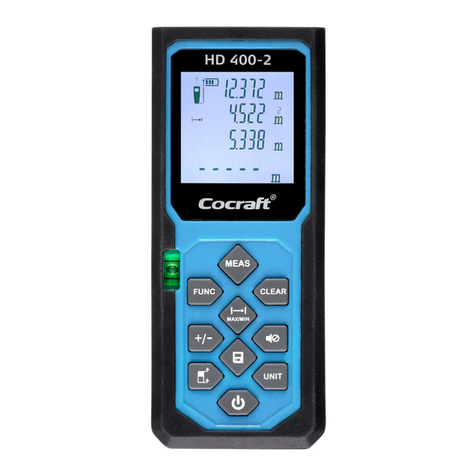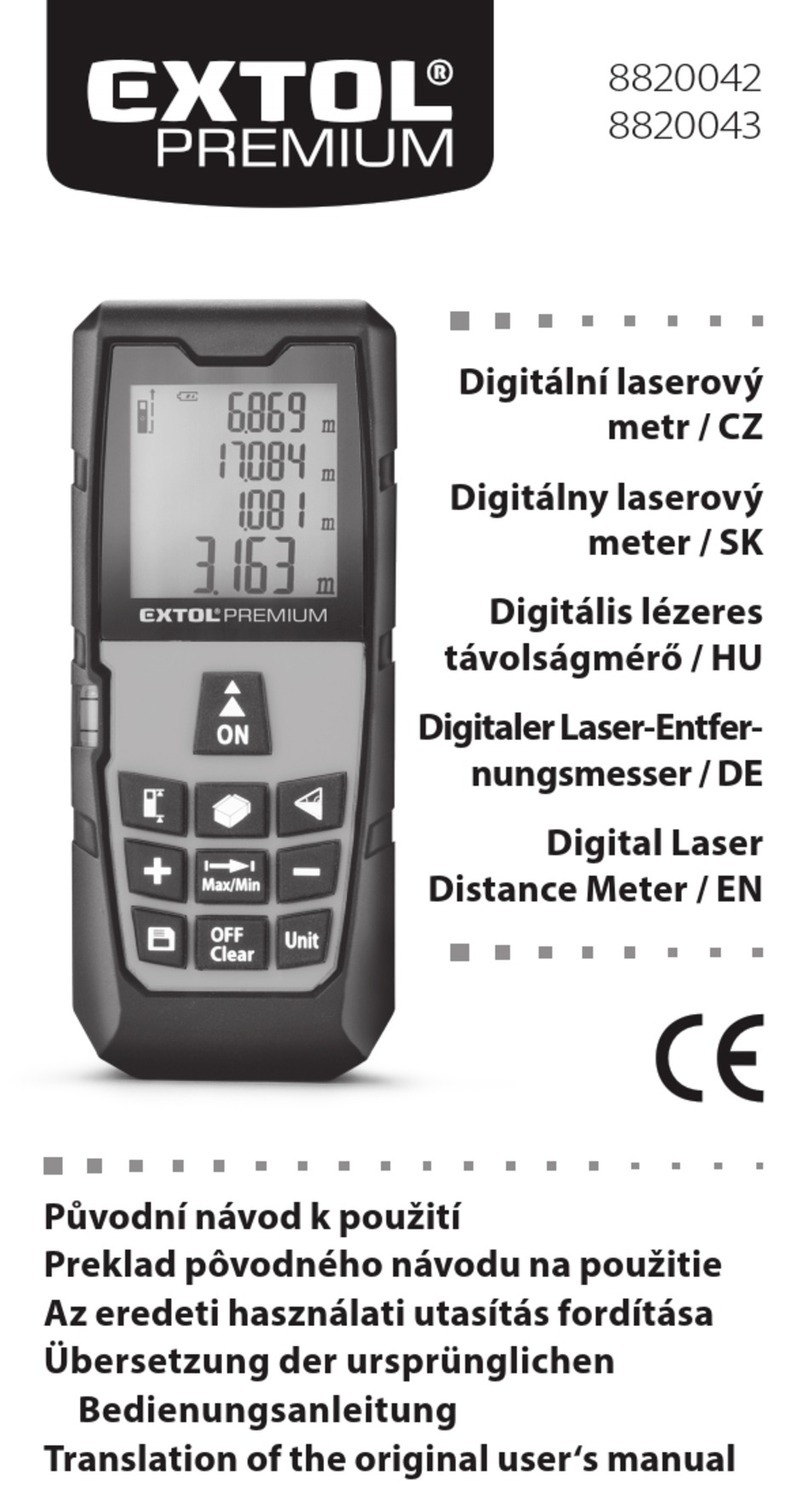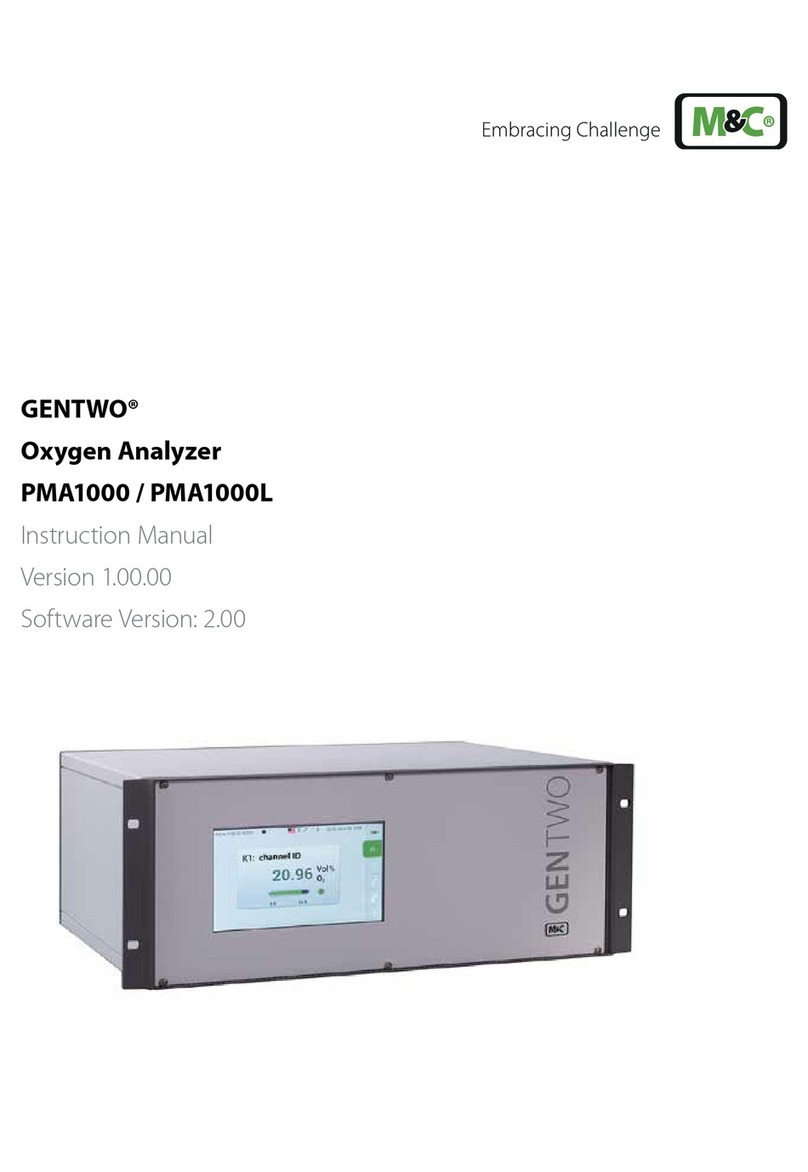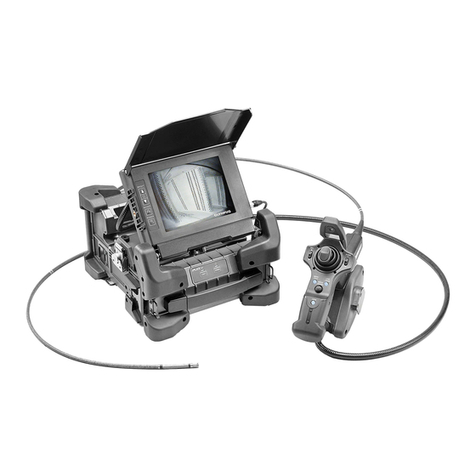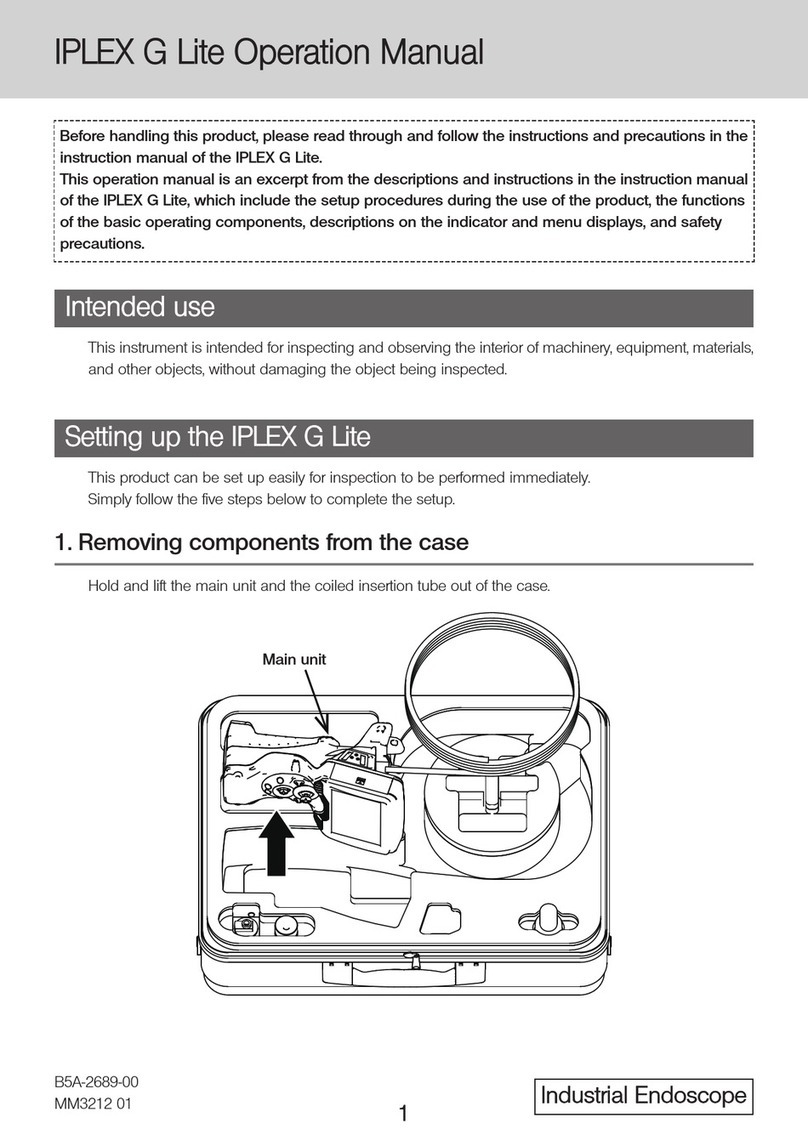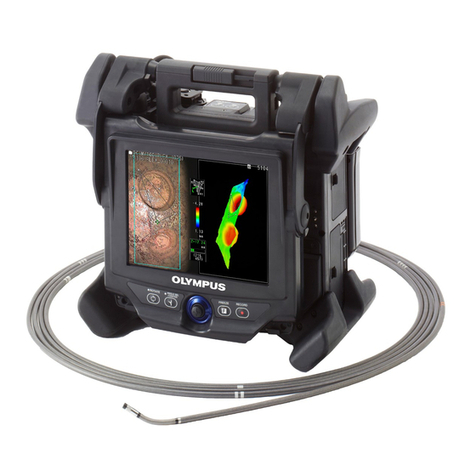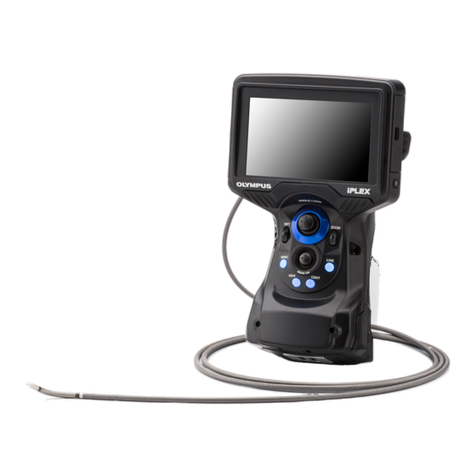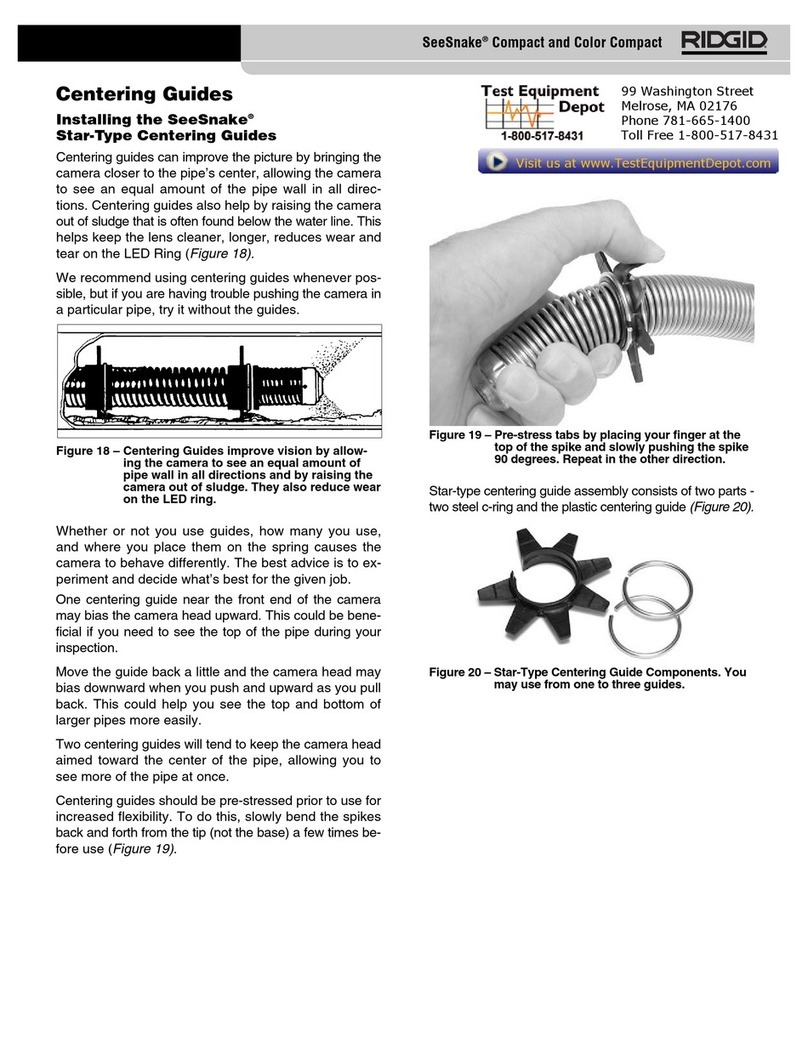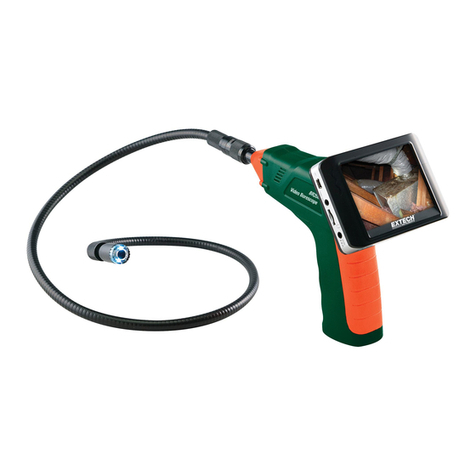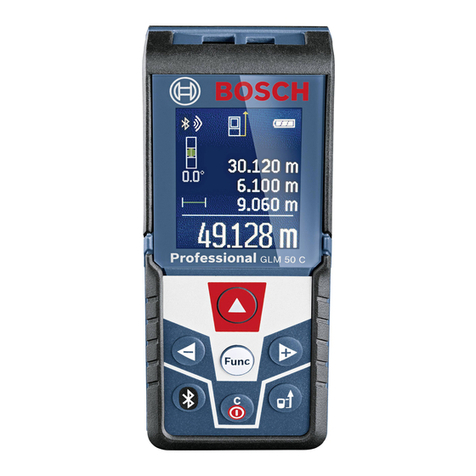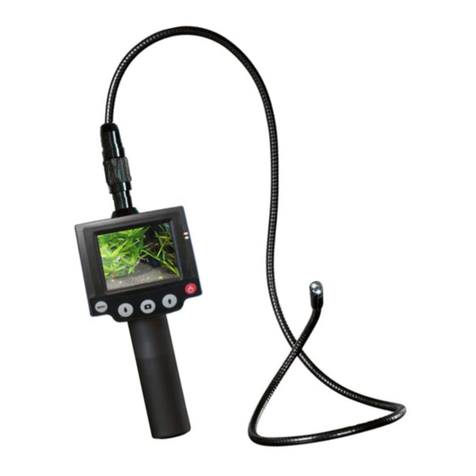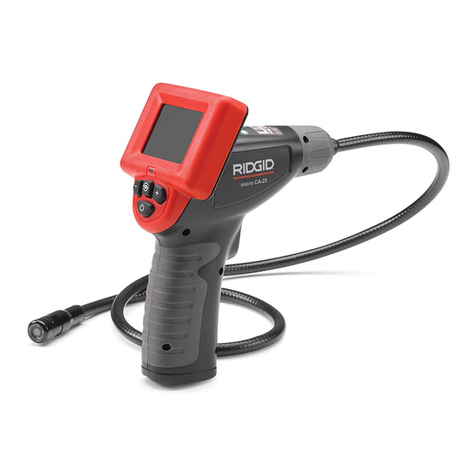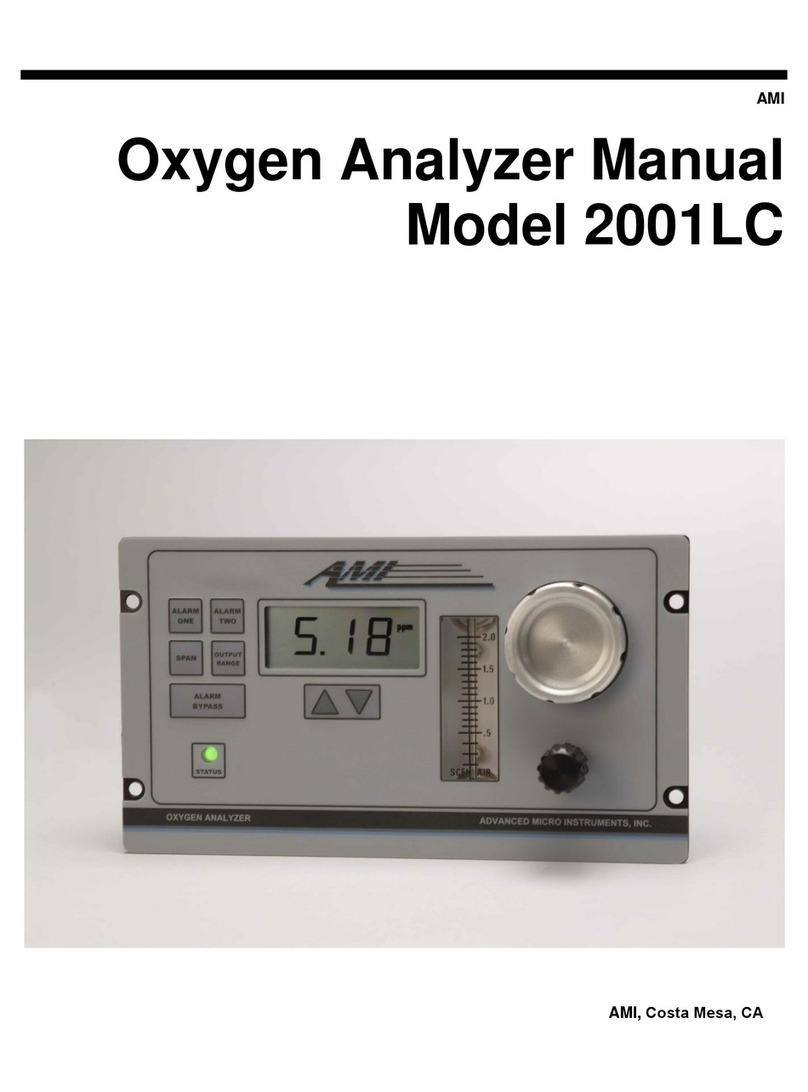
4
•Do not allow metal or other foreign objects to enter the main unit through connectors, connector
terminals or any other openings.
Otherwise, a malfunction or electric shock may result.
•Avoid accidentally dropping the main unit while cables or devices are still attached to connectors.
Otherwise, the connectors and/or connected items might become damaged.
•Whenever connectors become wet, wipe them clean before use.
Also, should connectors become clogged with foreign matter, remove the foreign matter before use.
•Do not connect any USB flash drive to the USB connector except the standard one provided or
one recommended by Olympus.
•Do not touch the connectors when attaching or detaching the USB flash drive or battery.
The USB and battery connectors on the main unit sometimes get hot during operation. Touching
them creates the risk of burns.
•Note the following precautions whenever handling the battery cover, video connector cap, and
AC adapter connector cap.
•Do not open or close covers/caps while your hands are wet.
•Do not open or close covers/caps in an area subject to high humidity and/or dust.
•Close covers/caps before storing the instrument and when they are not in use.
•Check to make sure that the USB flash drive is correctly loaded before using it.
•Do not remove the battery or AC adapter while the system is running.
Otherwise, recorded data may be damaged.
•Should the battery indicator start to flash, immediately turn off power or connect the AC adapter.
Continued use of the instrument will result in it shutting down, which could destroy recorded data.
•Note the following precautions whenever removing the instrument from its carrying case.
•Do not apply undue force when pulling the insertion tube from the slot in the cushion.
•When removing the main unit, do not lift it up by the insertion tube.
Otherwise, the instrument may be damaged.
•Note the following precautions whenever stowing the instrument in its carrying case.
•Before stowing the instrument, align the "F" mark on the angulation lock ring with the " "
mark and then release the angulation lock lever.
•Make sure that the distal end has cooled before storing it.
•Make sure that the insertion tube is not twisted before storing it.
•When closing the top lid of the carrying case, take care not to pinch your hand, belt, insertion
tube, or cables.
•Make sure that the latch on the carrying case is securely locked.
•When hanging the main unit from your neck by the shoulder belt, do not allow it to catch on other
objects. Be careful that it does not choke you.
•Do not store the instrument in the carrying case with the shoulder belt still attached.
Otherwise, the LCD monitor might be scratched or the shoulder belt might be damaged.
•Regularly back up recorded data to protect against losing it if it is accidently damaged.
•Do not store the instrument in the following locations.
•Environments subjected to high temperature, high humidity, and large amounts of dust or
particulates
•Locations exposed to direct sunlight or radiation
•Locations subject to gas that includes halide*1
Doing so could damage the equipment.
*1 The performance of some electric parts will deteriorate when exposed to gases such as the halide in
insecticides, herbicides, and fire extinguishers.
•When disposing of this product, be sure to do so in accordance with all local laws, rules, and
regulations.
Before disposing of this product, check your local laws, rules, and regulations and follow them
accordingly.
